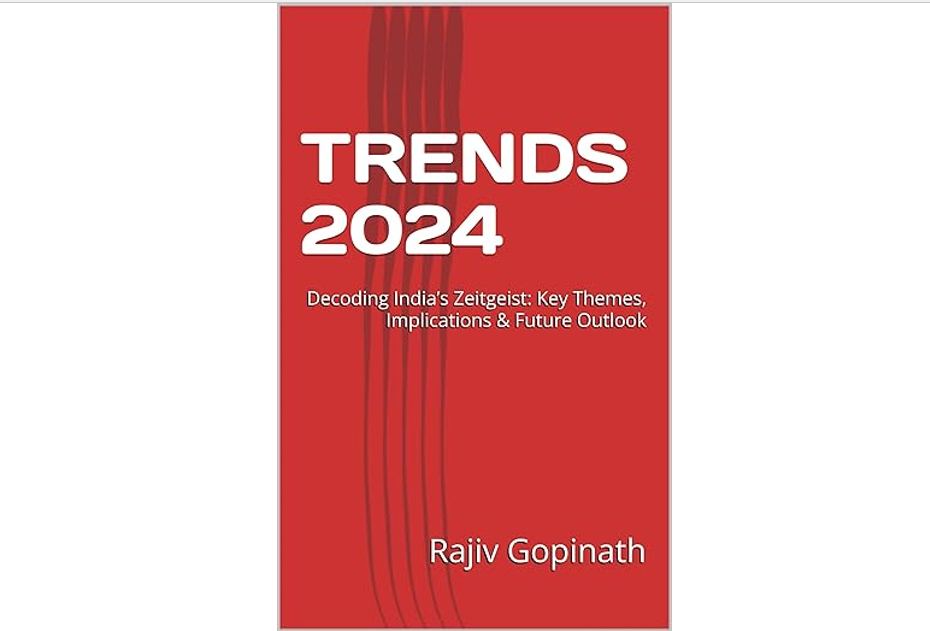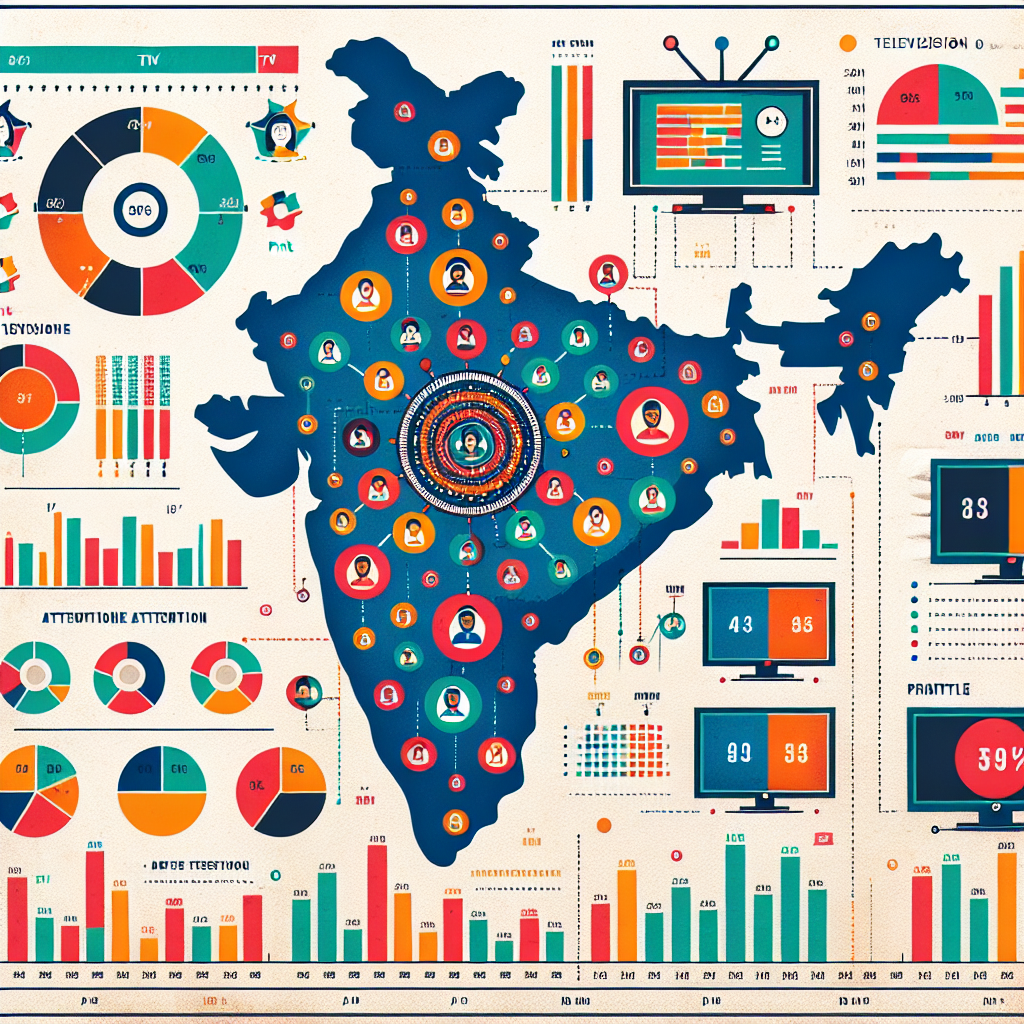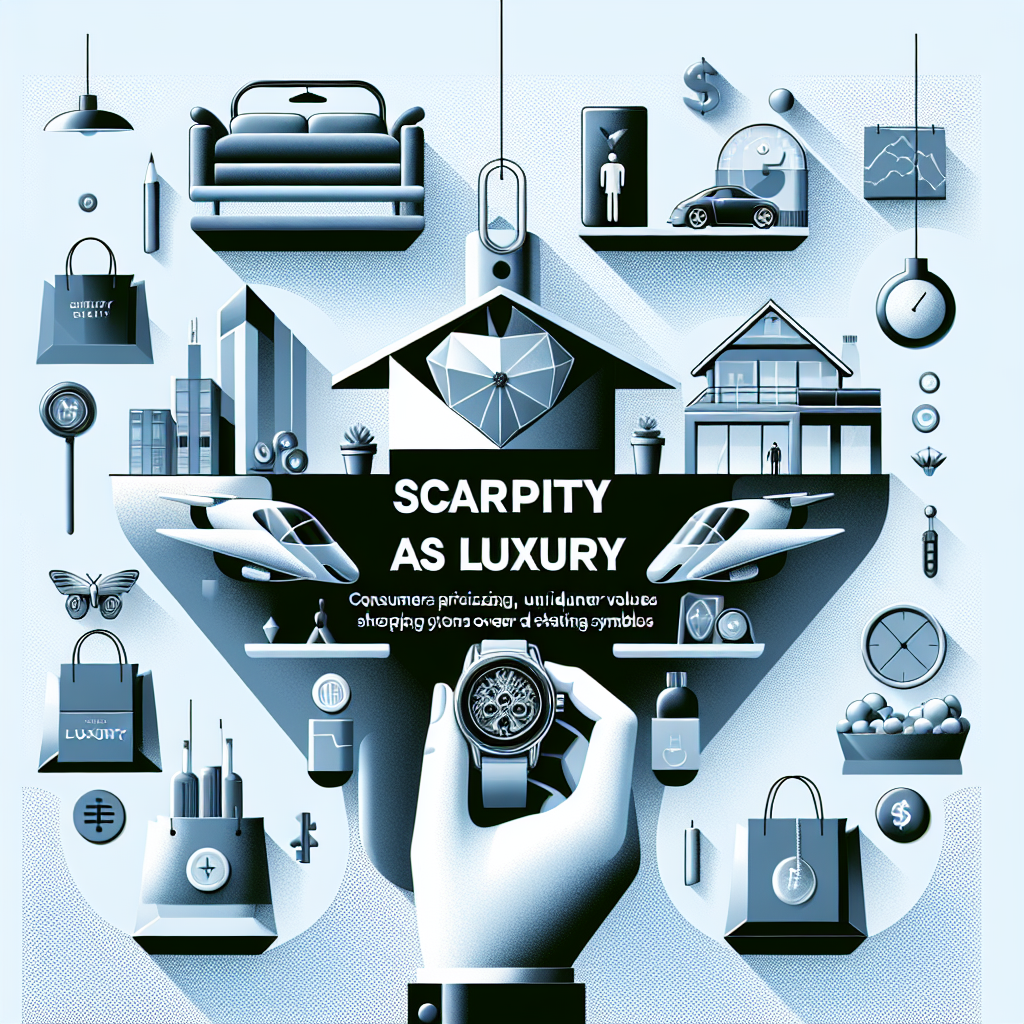Platform-First Storytelling Designing for the Feed
During a recent flight, Thomas found himself seated next to a creative director from a major beauty brand. As they chatted about digital marketing challenges, she opened her laptop to show him two completely different versions of the same campaign—one elegantly cinematic, the other seemingly chaotic with rapid cuts and bold text overlays. "Five years ago, we'd create the perfect ad and adapt it everywhere," she explained. "Now we design for TikTok first and work backward. Our engagement tripled when we stopped fighting the algorithm." Her revelation crystallized a transformation Thomas had been observing: successful brands no longer adapt content to platforms; they conceive it within the platform's native logic from inception.
Introduction
The evolution of digital storytelling has undergone a paradigm shift that fundamentally alters how brands communicate with Gen Z. Traditional approaches that prioritized creative vision before considering distribution channels have yielded to platform-first methodologies that embed algorithmic awareness into the creative process itself. Research from the Content Marketing Institute reveals that platform-native content receives 72% higher engagement from Gen Z viewers than platform-adapted content, with algorithmic favorability increasing visibility by an average of 318%.
This transformation represents more than a tactical adjustment—it signals a philosophical reconsideration of how stories are conceived, developed, and measured in environments where algorithmic distribution determines whether content exists in the consciousness of the target audience. As digital anthropologist Brian Solis observes, "We've moved from an era where distribution served creative to one where creative serves distribution."
1. Reframing Brand Storytelling for Algorithms
The algorithmic architectures that power digital platforms have evolved from simple chronological feeds to sophisticated prediction engines that shape Gen Z's content consumption patterns. These systems don't merely distribute content; they actively determine which stories get told.
Effective brands have responded by developing what Wharton professor Jonah Berger calls "algorithmic empathy"—the ability to conceptualize creative work through the dual lenses of human and machine interpretation. Research from the University of Southern California's Annenberg School shows that 76% of highest-performing content creators consciously incorporate known algorithmic preferences into their ideation process.
Nike's "Play New" campaign exemplifies this approach. Rather than producing a traditional campaign subsequently fragmented across platforms, the brand created distinct narrative universes for each platform: challenge-based content for TikTok that leveraged the platform's duet feature, episodic athlete stories for YouTube that optimized for watch time, and visually striking static images for Instagram that generated high save rates. This strategy produced 47% higher engagement than their previous cross-platform campaigns.
Similarly, Spotify's "Wrapped" campaign succeeds by designing for algorithmic amplification, incorporating personalized data visualizations that trigger sharing behaviors the Instagram algorithm rewards. The 2023 edition generated 84 million shares within 48 hours—a result achieved by designing specifically for Instagram Stories' format and sharing mechanics.
2. Static vs Dynamic Creative Adaptation
The distinction between static adaptation and dynamic content design represents a fundamental divide in contemporary marketing approaches to Gen Z.
Static adaptation—modifying existing assets for different platforms—typically results in 43% lower engagement from Gen Z audiences compared to dynamically conceived content, according to research from digital agency Razorfish. This performance gap exists because platform-optimized content incorporates native behaviors and expectations from conception.
Dynamic adaptation embraces variability across execution while maintaining conceptual consistency. Cosmetics brand Glossier demonstrates this approach by developing product launches as platform-specific experiences rather than campaigns. Their "Balm Dotcom" relaunch featured entirely different narratives across platforms: creator-led tutorials on TikTok, scientific ingredient breakdowns on YouTube, and user-generated content compilations on Instagram, all unified by consistent visual language rather than identical assets.
Fast fashion retailer Zara has developed a sophisticated cross-platform framework called "Content Architecture" that maps storytelling elements to platform-specific formats. This system generates over 200 distinct creative executions for major product launches, each optimized for specific platform mechanics while maintaining brand consistency. The approach has yielded 31% higher conversion rates and 58% improved ad recall compared to their previous unified campaign strategy.
3. Real-time Relevance and Trend-jacking
The acceleration of trend cycles among Gen Z audiences has collapsed the timeline between cultural moment and brand response, creating both opportunity and risk for marketers.
Research from social listening platform Brandwatch indicates that trending topics among Gen Z audiences now have an average lifespan of just 11 hours, down from 3.8 days in 2018. This compression demands new organizational structures that enable rapid content production and distribution.
Fast food chain Wendy's has restructured its marketing department around what CMO Carl Loredo calls "cultural rapid response teams"—cross-functional groups of strategists, creatives, and platform specialists who can conceptualize, produce, and distribute platform-optimized content within hours of emerging trends. This approach has generated 142% higher engagement rates compared to planned content.
However, trend participation carries substantial risk when executed poorly. Apparel brand Gap's attempt to leverage a TikTok dance trend in 2022 arrived approximately 72 hours after the trend had peaked, resulting in what digital culture analyst Taylor Lorenz identified as "the cringe factor"—when brands appear desperately out of sync with cultural rhythms.
The most sophisticated approaches integrate real-time cultural response with algorithmic awareness. Streaming service Hulu's "cultural content engine" combines AI-powered trend forecasting with creative teams organized by platform expertise rather than traditional agency structures. This system allows them to identify emerging conversations and design platform-specific responses that arrive at optimal moments in the trend lifecycle, resulting in 62% higher share rates than industry averages.
Conclusion: The Future of Platform-First Storytelling
As platform ecosystems continue evolving, the integration of algorithmic intelligence into creative processes will deepen. The brands achieving breakthrough success with Gen Z increasingly blur the line between creative and media functions, recognizing that distribution strategy must inform conceptual development from the outset.
The future points toward what marketing strategist Scott Galloway calls "creative intelligence systems"—frameworks that combine human creativity with algorithmic insight to develop stories specifically engineered for platform success. These approaches will likely incorporate AI-generated content variations optimized for specific distribution channels while maintaining conceptual and brand coherence.
Call to Action
For brands seeking to implement platform-first storytelling approaches:
- Reorganize creative teams around platform expertise rather than traditional media divisions.
- Develop algorithmic understanding as a core competency within creative departments.
- Create rapid response protocols that enable culturally relevant content production within hours.
- Establish content effectiveness metrics that measure platform-specific indicators rather than universal engagement metrics.
- Invest in creative intelligence systems that integrate human creativity with computational distribution insights.
The future belongs to brands that recognize storytelling no longer exists independently from its distribution—Gen Z's attention is captured by those who design for the spaces where that attention already lives.
Featured Blogs

TRENDS 2024: Decoding India’s Zeitgeist: Key Themes, Implications & Future Outlook

How to better quantify attention in TV and Print in India

AI in media agencies: Transforming data into actionable insights for strategic growth

How the Attention Recession Is Changing Marketing

The New Luxury Why Consumers Now Value Scarcity Over Status

The Psychology Behind Buy Now Pay later

The Rise of Dark Social and Its Impact on Marketing Measurement

The Role of Dark Patterns in Digital Marketing and Ethical Concerns








